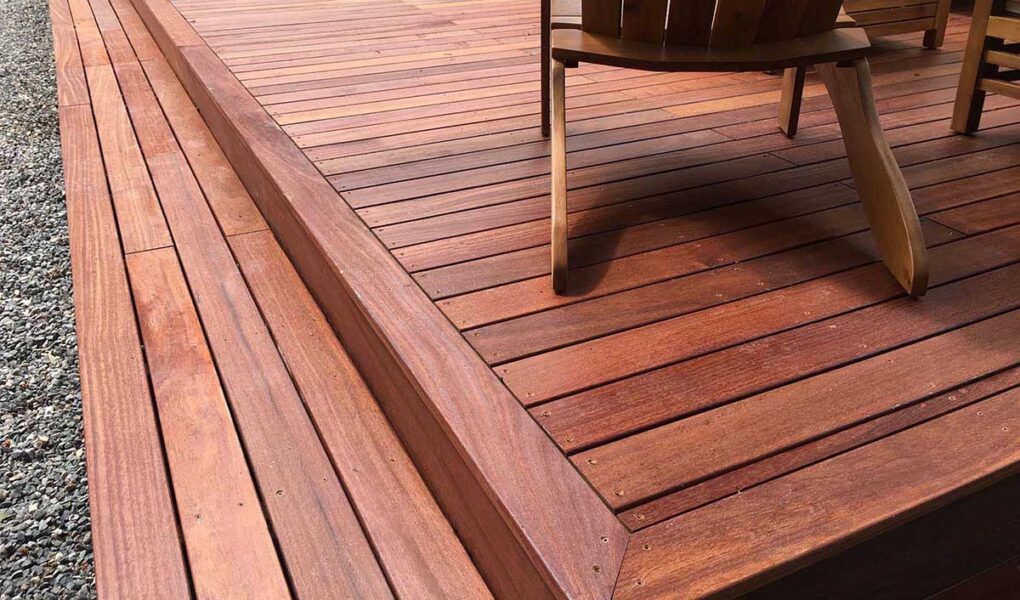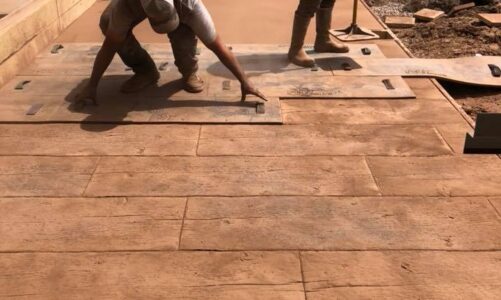You do not go lumber shopping every day and hence when you actually want to buy lumber it might get hectic and confusing. Sometimes even the buyers and contractors themselves seem to get confused and end up buying the wrong wood. Since there are different types of lumber and if it is your first time buying the wood, you will definitely require some guide and tips before actually buying it. Do not worry, we are here and this is your essential guide for buying the best lumber for your project:
- Softwood or Hardwood- Wood is classified into two major categories; hardwood and softwood. Hardwood comes from flowering trees while softwood comes from evergreen conifers. Like hardwood is much durable and denser while softwood is less costly and easily available. Buying hardwood or softwood is a personal choice and depends on what type of project it is being used for.
- Moisture Content- When a seller tells you about green wood, they are not referring to the color of the wood. Green wood means a wood which has been just cut. Such wood has a high moisture content (S-GRN) and might work well only for certain projects. Most people avoid buying green wood as it easily warps, splits, and curps. Instead, you can go for Kiln-dried (KD) which is a wood that has been stacked and dried.
- Surfaced or Unsurfaced- This basically means whether the lumber has been smoothed or not. The most common type is S4S in which the lumber has been surfaced on all four sides. Unsurfaced lumber is just rough and in its raw form. Many prefer using surfaced lumber, but few also like unsurfaced lumber. It’s a personal choice and also the work it is to be used for.
- Lumber Grades- Knowing lumber grades before buying is important since it is about quality and appearance. The moisture ratings and lumber grades are always stamped on the lumber. The grades are labeled from A-D, A being the highest grade which has the least number of imperfections.
- Lumber Sizes- There are two types of lumber sizes, they include nominal and actual or surfaced. Before the lumber has been dried out and surfaced, it is in its nominal size. Once the lumber has been processed, its size reduces and that is called its actual size.
Thus, purchasing wood from experienced and knowledgeable sellers like Spec Wood is always important and recommended.




